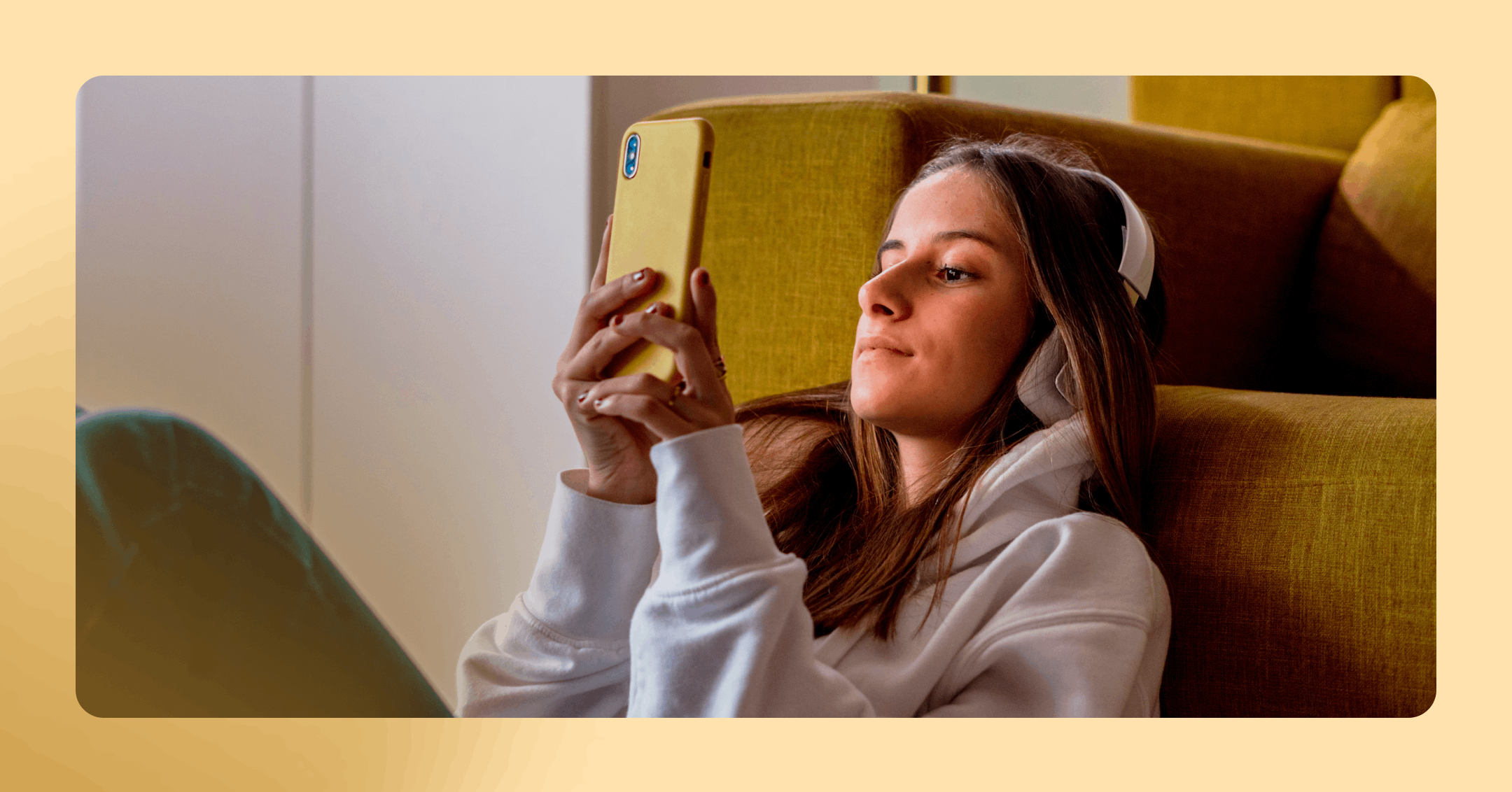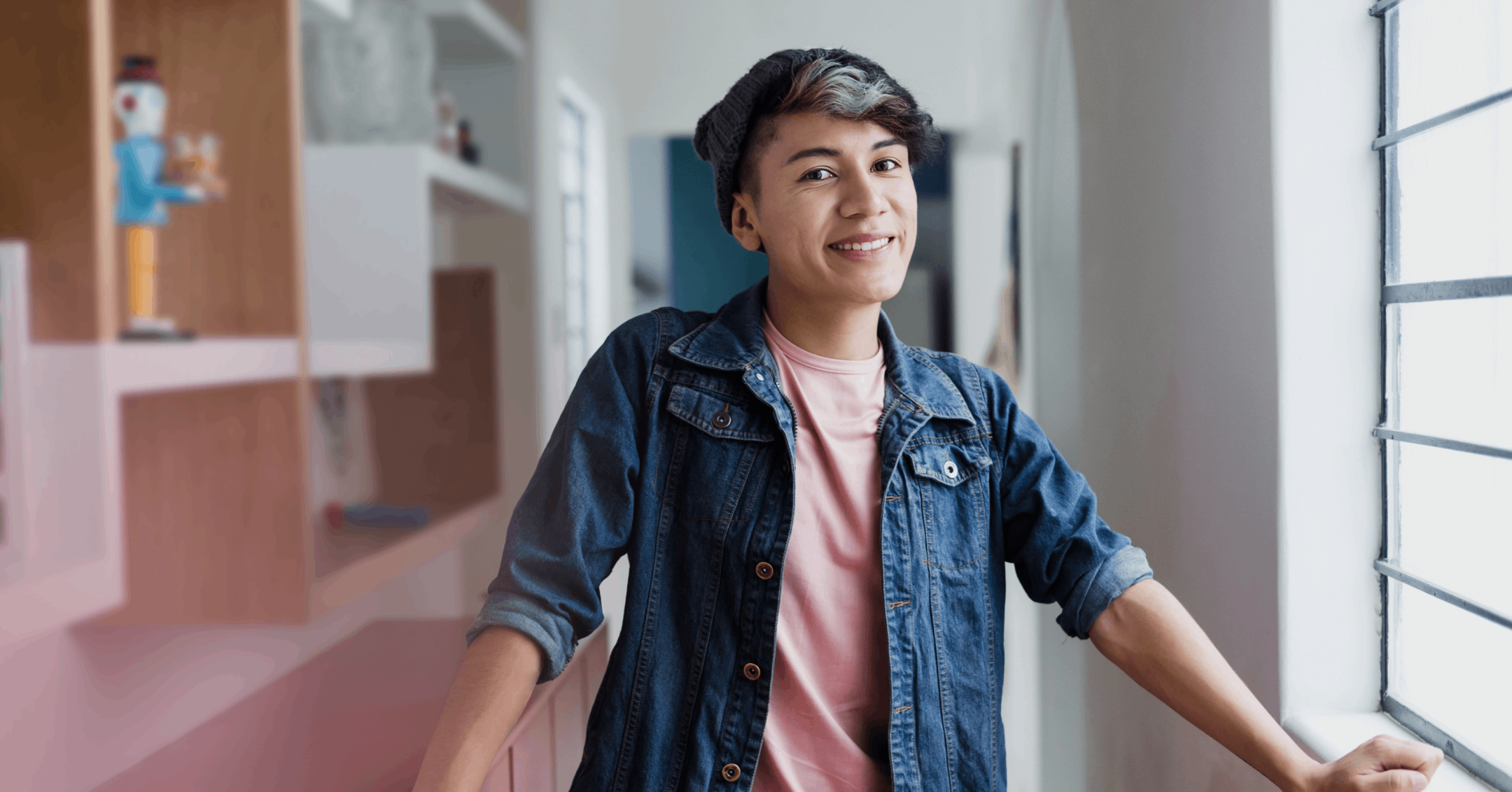Research suggests that young children who are exposed to excessive screen time may be at greater risk for autism.
Children who spend longer amounts of time on screens are more likely to have communication difficulties, problems with emotional expression, delayed language skills, and other autism-like symptoms.
If you’re having trouble managing your child’s screen time, know that you aren’t alone. Therapists who specialize in supporting neurodiverse children can help you create healthy technology habits for your family.
There’s growing evidence of a link between autism and screen time. A 2020 study of 84,030 Japanese mother-child pairs found that excessive screen time before age 1 was closely correlated with autism spectrum disorder (ASD) by age 3. Interestingly, this link was predominantly present among boys but not found in girls.
These findings raise some important questions for parents. Given the increasing use and access to technology, how can we make choices about when and what times of exposure to allow? How can we help children use technology safely? And how much screen time is considered too much for young children?
While we don’t have clear-cut answers to these questions, research shows that screen time affects brain development. Learning more about the relationship between screen time and autism can help parents make informed decisions about their children’s technology access as they grow.
Can screen time cause autism?
Screen time isn’t considered a stand-alone cause of autism. But in some cases, it may play a role in the onset of the condition. The first year of life is a critical time for brain development in children. Research shows that children who are exposed to too much screen time during this time are more vulnerable to autism-like symptoms, like:
Communication difficulties
Delayed language skills
Delayed cognitive and learning abilities
Problems with emotional expression
The care you need, when you need it
Learn how Rula can support your mental health journey
How does screen time affect autistic children?
We know that too much screen time can have a negative impact on children’s development. Too much of it can lead to:
Sensory overload
Sleep disturbance
Speech and language problems
Too little physical exercise
Exposure to inappropriate content
Decreased attention span
But this doesn’t mean that autistic people can’t use screens in healthy ways. For example, many people with autism report they enjoy gaming. It can be a way to reduce stress, have fun, and connect with others in a safe, nonintimidating setting. Technology can also help people with autism learn new skills in novel ways. A variety of apps and programs can help improve social and life skills as well as provide academic support.
Strategies for healthy screen use for children with autism
Setting limits on screen time can help children with autism engage with technology in healthy ways. The American Association of Pediatrics recommends limiting screen time to one hour per weekday and three hours on weekends for children aged two to five. They also recommend supervised screen time for all children younger than two.
If you’re struggling to reduce your child’s screen time, here are some strategies that can help:
Set consistent limits, and stick to them. While there’s no “magic number” of safe screen time hours that’s right for every child, try to maintain consistent limits based on your provider’s recommendations. Over time, consistency will make these limits easier to maintain.
Use technology as an incentive. Instead of allowing your child unfettered access to devices, use screen time as a positive reinforcement. For example, if they avoid potty accidents for three days in a row, you can offer a family movie night as a reward.
Provide a “time’s-almost-up” warning. Letting your child know that their screen time is coming to a close in a few minutes can help ease the transition. Children with autism often benefit from having a predictable routine and knowing what will come next. The transition from screens to another activity can be very hard for some children and these warnings and routines can help.
Monitor the content. Whether you do it manually or via an app, it’s important to keep tabs on the content your child is viewing. Be on the lookout for scams and inappropriate content. Some smartphones also include parental controls that can allow you to limit the apps your child has access to.
Strike a balance. While too much screen time can have a negative impact on children, especially during the first year of life, technology can provide many benefits for people with autism. So try to set age-appropriate screen time limits while allowing your child to engage with the technology they enjoy. Encouraging your child in other activities they’re drawn to can be an important aspect of this balance, too.
Ask for help. If you’re struggling to get your child’s screen time under control, know that you’re not alone. Mental health professionals who specialize in supporting neurodiverse children can help create a safe technology plan for your family.
Screen time is a hot topic especially as more research has come out about possible links between its use and mental health conditions, but not all screens or kids are the same. Therefore, parents should look at their child specifically, family values and needs, and the types and amounts of screen time that work well for them. Then, they can courageously apply these routines within their family.

Elise Miller, MA, LPC
Clinical reviewer
Find care with Rula
While too much screen time isn’t considered a stand-alone cause of autism, research shows that it can have a serious effect on brain development during the first year of life. You can work with your child’s providers to determine the best screen-time limits for their age and mental health needs.
At Rula, we’re committed to delivering a comprehensive behavioral health experience that helps people feel seen and understood so they can get back to feeling their best.
Rula makes it easier to find a licensed therapist or psychiatric provider who accepts your insurance so you don’t have to choose between affordable care and excellent care. With a diverse network of more than 15,000 providers, 24/7 crisis support, and appointments available as soon as tomorrow, we’re here to help you make progress — wherever you are on your mental health journey.
Rula's editorial process
Rula's editorial team is on a mission to make science-backed mental health insights accessible and practical for every person seeking to better understand or improve mental wellness.
Members of Rula’s clinical leadership team and other expert providers contribute to all published content, offering guidance on themes and insights based on their firsthand experience in the field. Every piece of content is thoroughly reviewed by a clinician before publishing.




